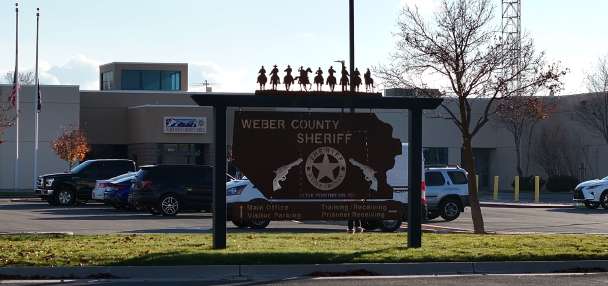Estimated read time: 2-3 minutes
This archived news story is available only for your personal, non-commercial use. Information in the story may be outdated or superseded by additional information. Reading or replaying the story in its archived form does not constitute a republication of the story.
SALT LAKE CITY — A new report by the American Lung Association examining Utah's air quality shows that five of the Utah counties assessed made improvements in ozone pollution over the year before, but 24-hour levels of fine soot pollution remained largely the same.
Released Wednesday, the annual State of the Air Report noted that all areas of the state passed for annual levels of particle pollution, but areas along the Wasatch Front were dinged for short-term pollution.
“State of the Air shows that we’re making steady progress in cutting dangerous pollution from the air as a result of cleanup efforts required under the Clean Air Act,” said Glenn Lanham, executive director for the American Lung Association in Utah. “But millions of Americans across the country, including those in Utah, are still forced to breathe unhealthy levels of air pollution as a result of air quality standards that are outdated.”
The American Lung Association’s report finds that in America’s most polluted cities, air quality was at its cleanest since the organization’s annual report began 13 years ago. This year’s report details that standards set under the Clean Air Act to clean up major air pollution sources — including coal-fired power plants, diesel engines, and SUVs — are working to cut smog and soot pollution.
Although Salt Lake, Cache, Utah and Weber counties all ranked in the top 25 in the country for the most short-term particle or fine particulate pollution, the report details that progress was made in Utah on other fronts.
But millions of Americans across the country, including those in Utah, are still forced to breathe unhealthy levels of air pollution as a result of air quality standards that are outdated.
–Glenn Lanham
Box Elder, Cache, Tooele, Utah and Weber counties all improved in marks for ozone — Weber County changed from an "F" to a "D."
In contrast, Box Elder County's 24-hour particulate pollution level dropped from barely passing to flunking outright.
The state Division of Air Quality is in the midst of hosting a variety of meetings in Salt Lake County and northern Utah to gather input on crafting Utah's plan to meet federal mandates on PM2.5 pollution levels. The plan will be ready in December for submission to the EPA.
"We're consistently working to improve our air quality," said agency spokeswoman Donna Kemp Spangler. "We understand we have challenges certain days out of the year. This new plan that we hope to unveil at the end of the year will be the result of a cooperative effort involving people across the state who have a stake in making sure our air quality is healthier."









